详细说明
Assay Type
Solid Phase Sandwich ELISA
Format
96-well strip plate
Sample Type & Volume Required
100 µL
Range
78.10 - 5,000 pg/mL
Sufficient Materials
For five 96-well plates*
Specificity
Please see the
* Provided that the recommended microplates, buffers, diluents, substrates and solutions are used, and the assay is run as summarized in the Assay Procedure provided.
Ancillary Reagent Kit Available
DY008, DuoSet ELISA Ancillary Reagent Kit 2 -
This DuoSet ELISA Development kit contains the basic components required for the development of sandwich ELISAs to measure natural and Recombinant
Product Features
Optimized capture and detection antibody pairings with recommended concentrations save lengthy development time
Development protocols are provided to guide further assay optimization
Assay can be customized to your specific needs
Economical alternative to complete kits
Kit Content
Capture Antibody
Detection Antibody
Recombinant Standard
Streptavidin conjugated to horseradish-peroxidase (Streptavidin-HRP)
Other Reagents Required
PBS: (Catalog # ), or 137 mM NaCl, 2.7 mM KCl, 8.1 mM Na 2HPO 4, 1.5 mM KH 2PO 4, pH 7.2 - 7.4, 0.2 µm filtered
Wash Buffer: (Catalog # ), or equivalent
Reagent Diluent*
Blocking Buffer*
Substrate Solution: 1:1 mixture of Color Reagent A (H 2O 2) and Color Reagent B (Tetramethylbenzidine) (Catalog # )
Stop Solution: 2 N H 2SO 4 (Catalog # )
Microplates: R&D Systems (Catalog # ), or equivalent
Plate Sealers: ELISA Plate Sealers (Catalog # ), or equivalent
*For the Reagent Diluent and Blocking Buffer recommended for a specific DuoSet ELISA Development Kit, please see the product
Preparation and Storage
Storage
Store the unopened product at 2 - 8 °C. Do not use past expiration date.
Background: ENPP-2/Autotaxin
ENPP-2, also known as Autotaxin, belongs to the ectonucleotide pyrophosphatase/phosphodiesterase (NPP) family. Some NPPs hydrolyze phosphates from nucleotides and their derivatives. ENPP-2 shares 40 - 50% identity to ENPP1 & 3, all of which contain a N-terminal intracellular domain, a single transmembrane domain and a large extracellular domain that includes a catalytic domain, two somatomedin-B-like domains, and a C-terminal nuclease-like domain. Unlike ENPP-1 and ENPP-3, ENPP-2 has weak activity against nucleotides, but exhibits a lysophospholipase D activity which allows the formation of lysophosphatidic acid (LPA) and choline from lysophosphatidylcholine. The hydrolysis of nucleotides and lysophospholipids by ENPP-2 is mediated by a single catalytic site. Evidence shows LPA and sphingosine 1-phosphate to be specific inhibitors of ENPP-2. ENPP-2 was originally found to stimulate tumor cell motility and has since been found to enhance tumor invasion and metastasis and to be up-regulated in several types of carcinomas including breast and lung.
Entrez Gene IDs:
5168 (Human); 18606 (Mouse); 84050 (Rat);
Long Name:
Ectonucleotide Pyrophosphatase/Phosphodiesterase 2
Aliases:
ATX; ATXFLJ26803; ATX-X; Autotaxin; autotaxin-t; EC 3.1.4.39; ectonucleotide pyrophosphatase/phosphodiesterase 2; ectonucleotide pyrophosphatase/phosphodiesterase family member 2; E-NPP 2; ENPP2; ENPP-2; Extracellular lysophospholipase D; Lysophosphatidic Acid; LysoPLD; NPP2; PD-IALPHA; PDNP2; PDNP2NPP2; phosphodiesterase I/nucleotide pyrophosphatase 2; plasma lysophospholipase D







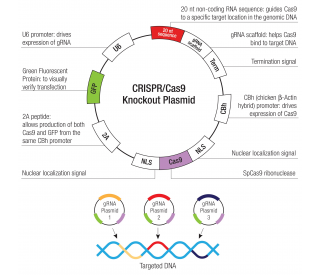
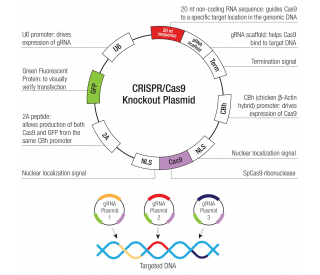
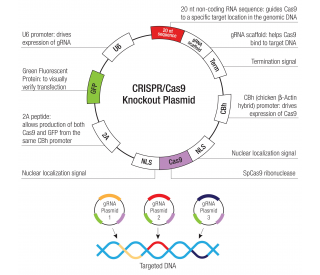
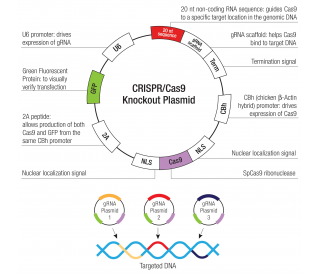
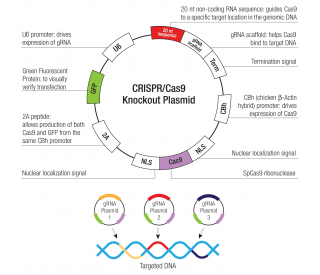
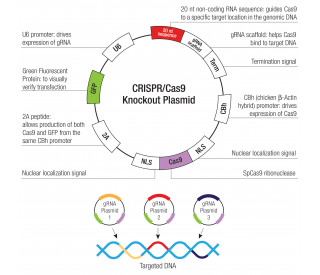




 粤公网安备44196802000105号
粤公网安备44196802000105号